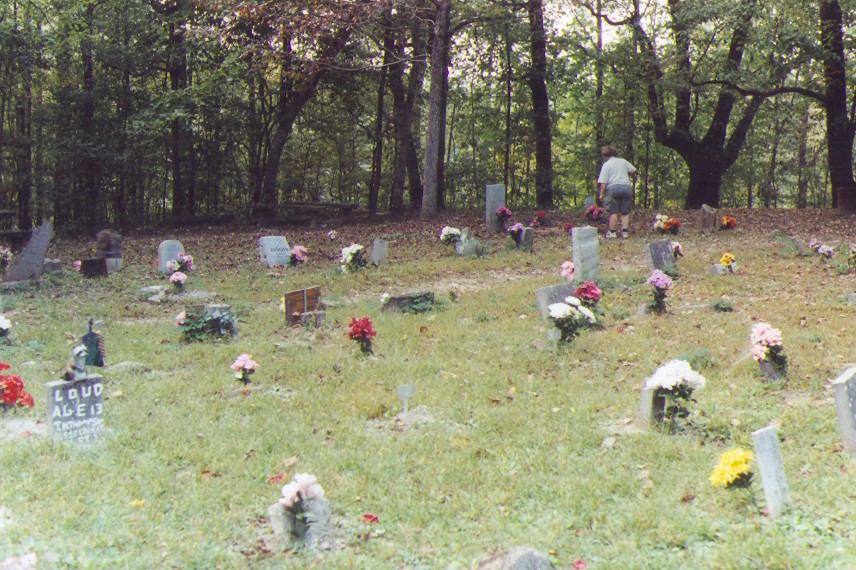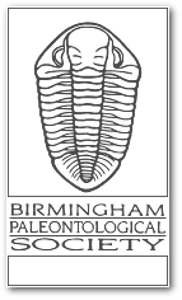Stop #1 was a roadcut in Lawrence County, Alabama, where large pieces of rugosa coral in Bangor Limestone had been excavated by road construction. The site has almost been totally reclaimed, but some very nice specimens were found.
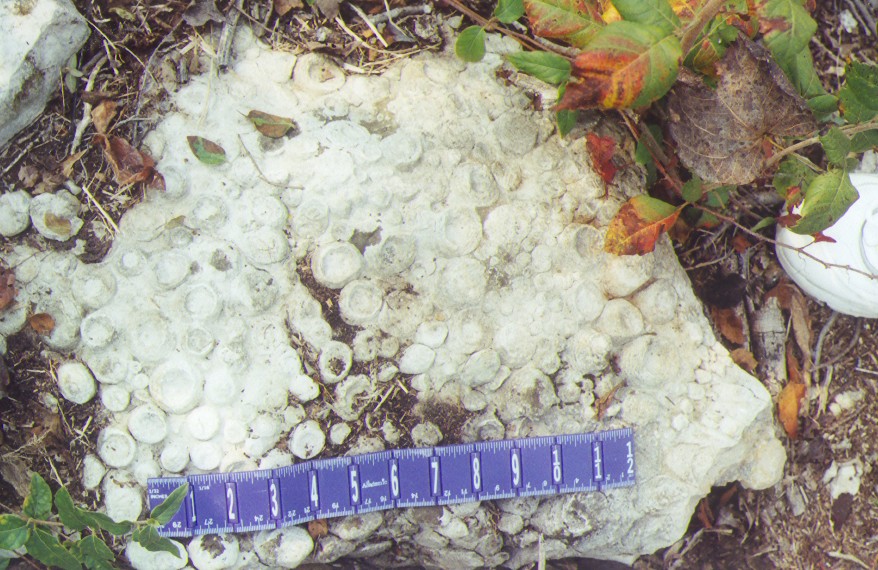
A large coral head.
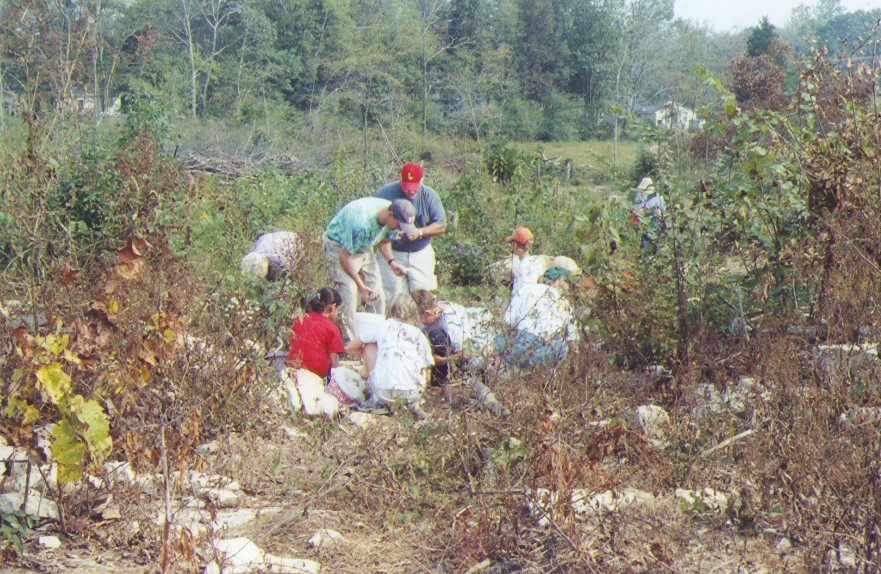
Hunting for treasures. The site has become overgrown, making it more difficult to spot the coral pieces.
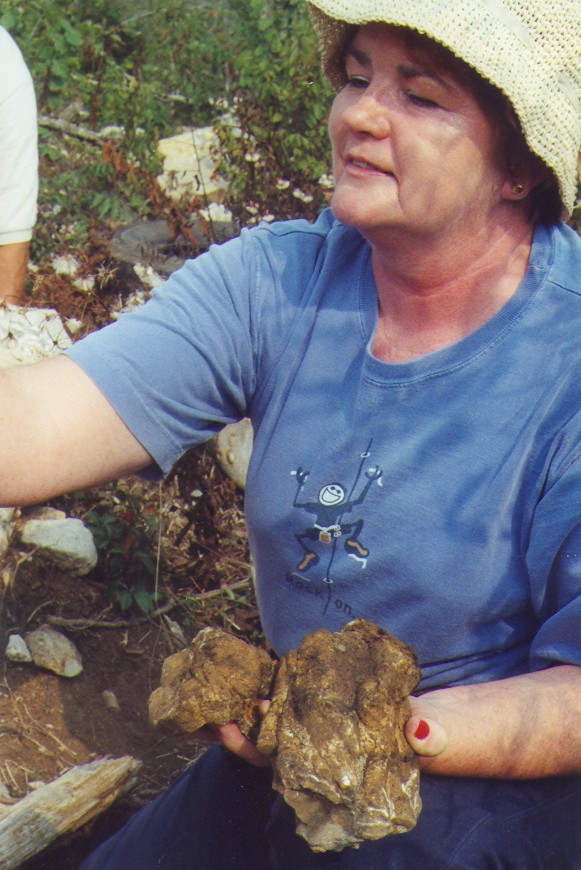
Carolyn with a couple of coral clusters.
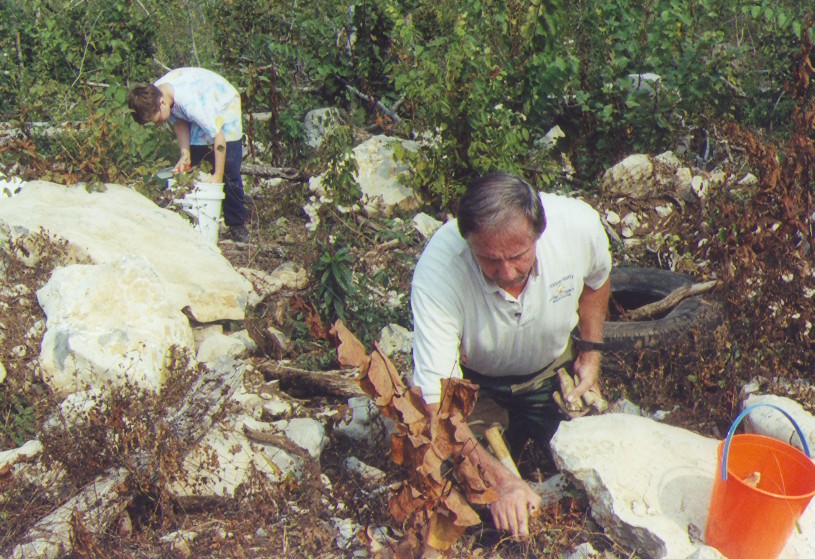
Bobby in foreground, with James in back.
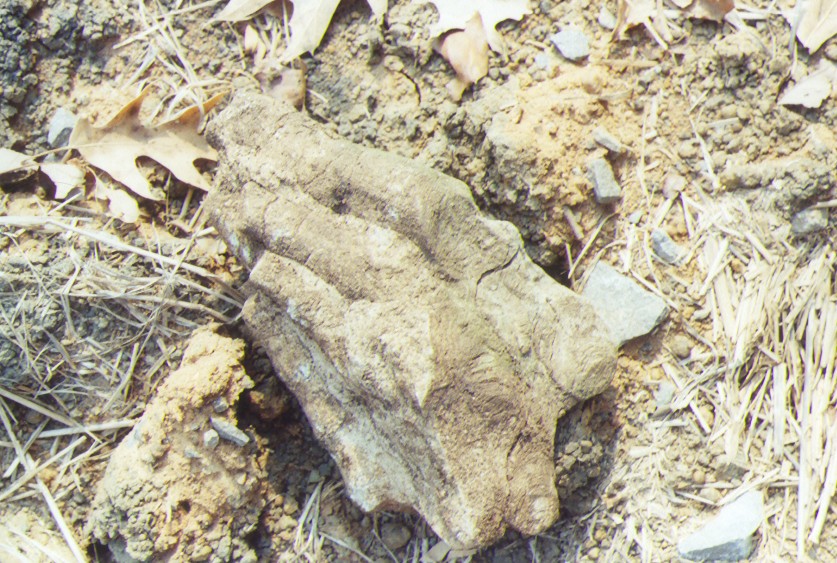
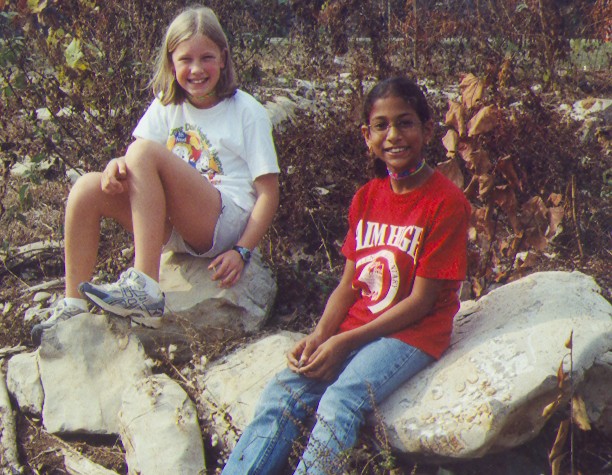
Katie and Nina, very happy with their finds! Note the large coral head underneath Nina!
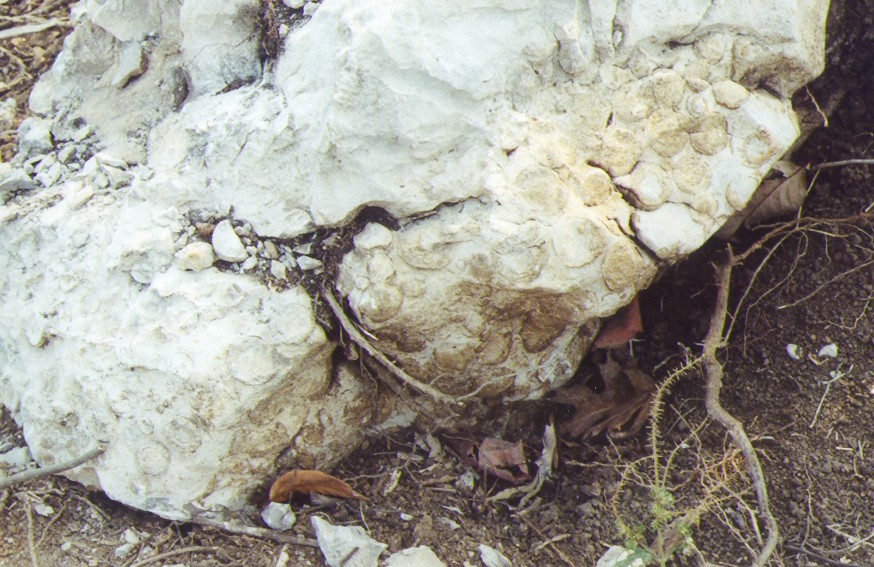
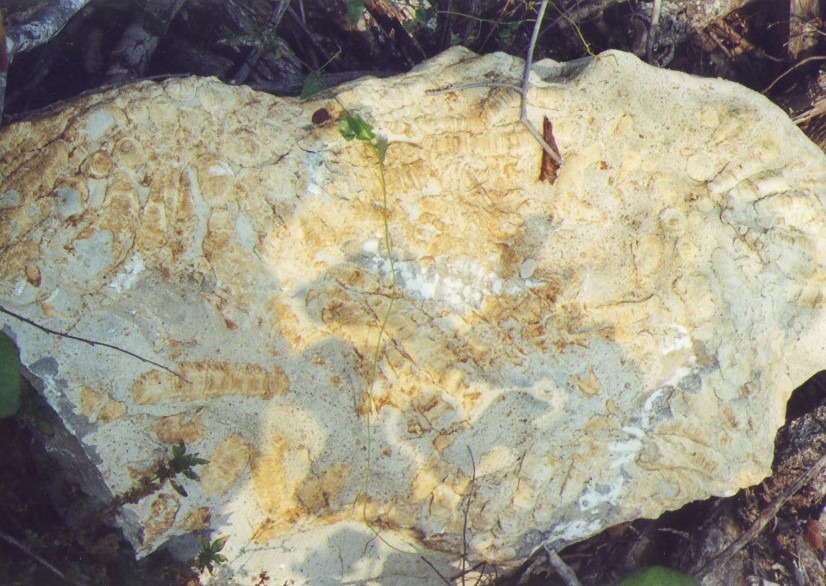
Stop #2 was a short stop, yeilding several samples of archimedes and crinoid stems, also from the Bangor Limestone.
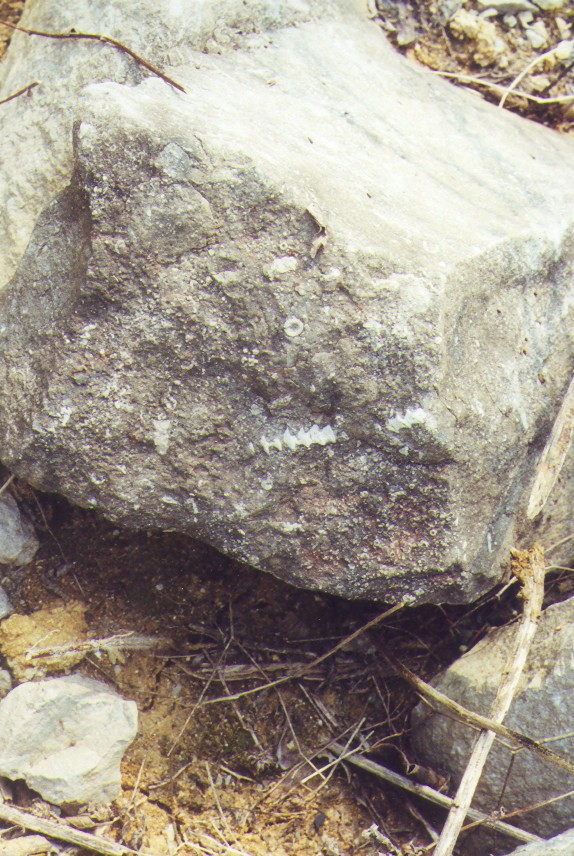
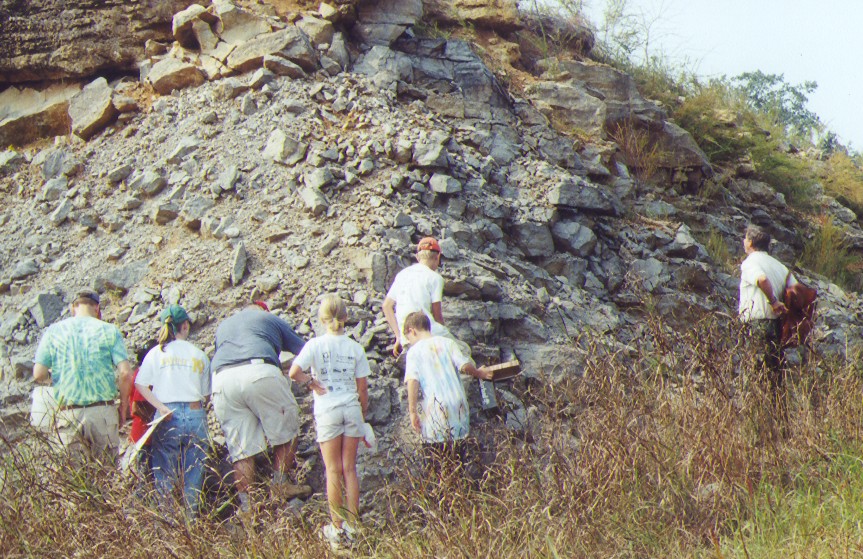
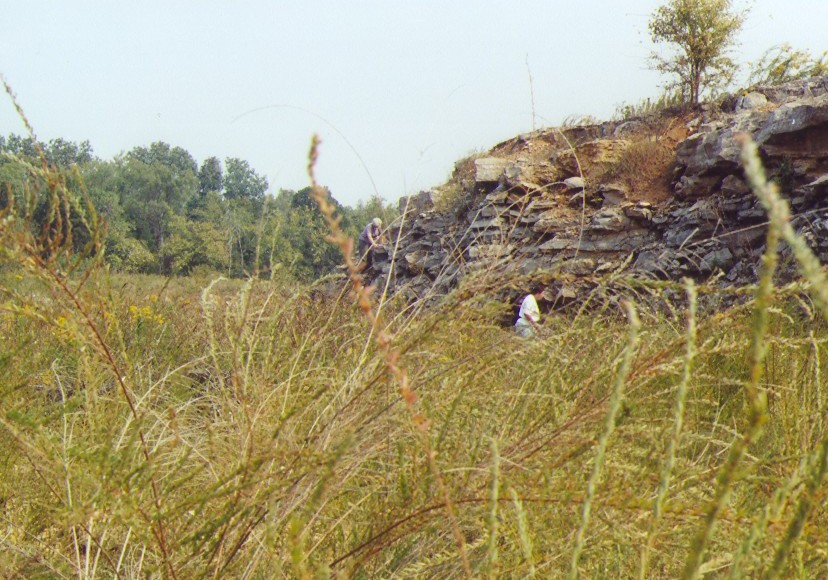
Jan and Claire inspecting this outcrop
.
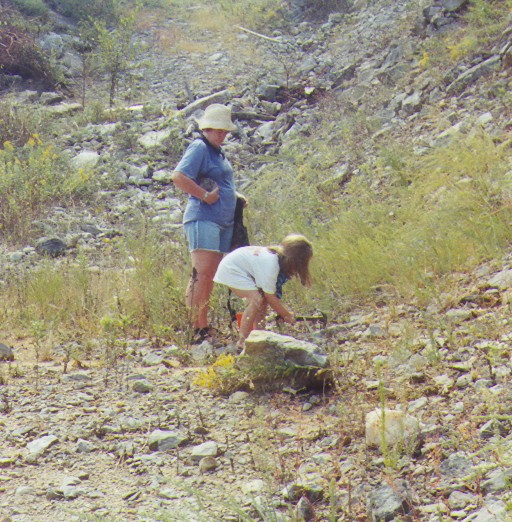
Bailey has found a nice archimedes.
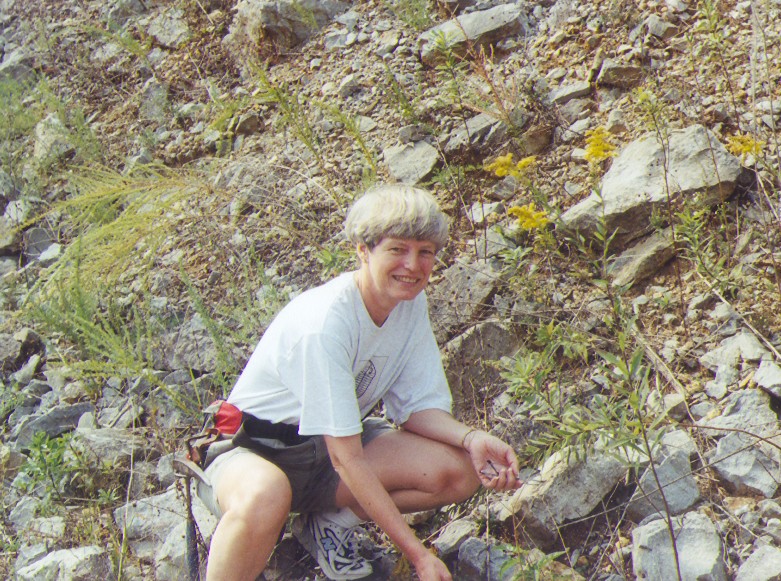
Vicki in her favorite environment, surrounded by rocks!
Stop #3 was a roadcut in Colbert County. Horned corals, blastoids, and crinoid stems were plentiful.
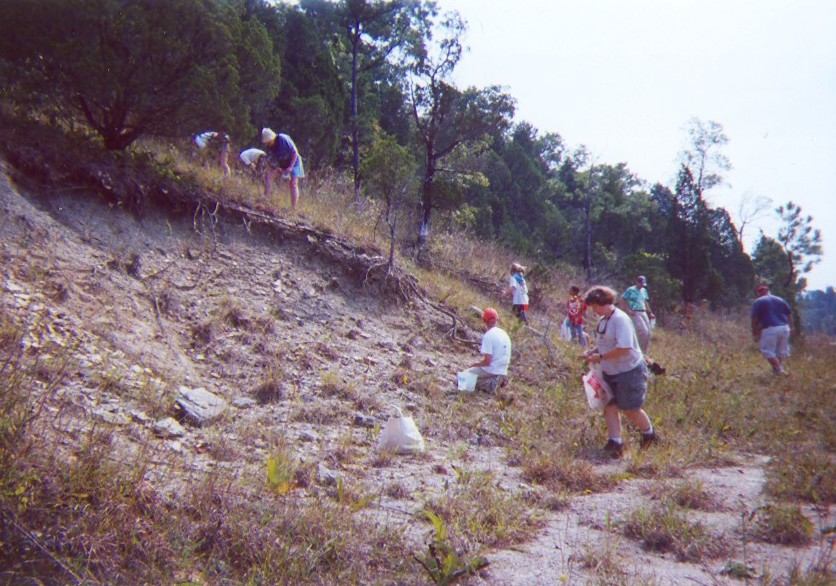
The fossils weather out, and can be found laying on top of the ground.
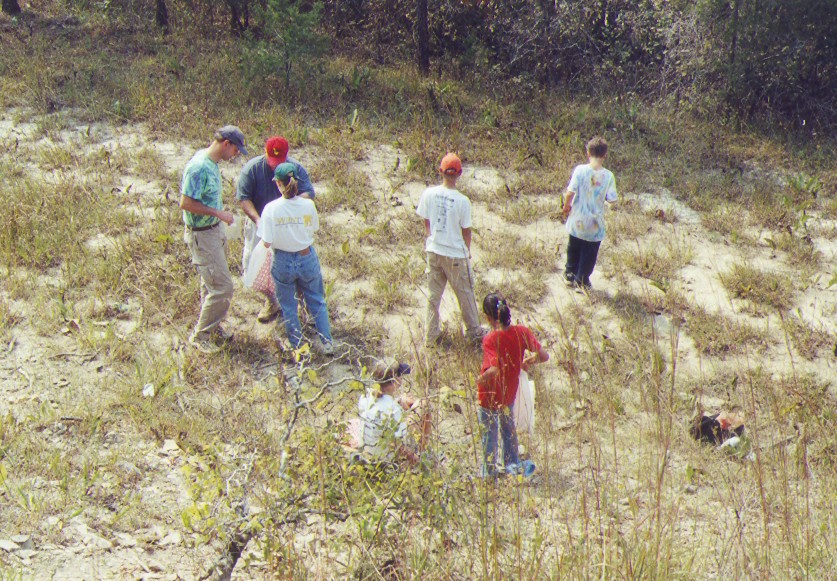
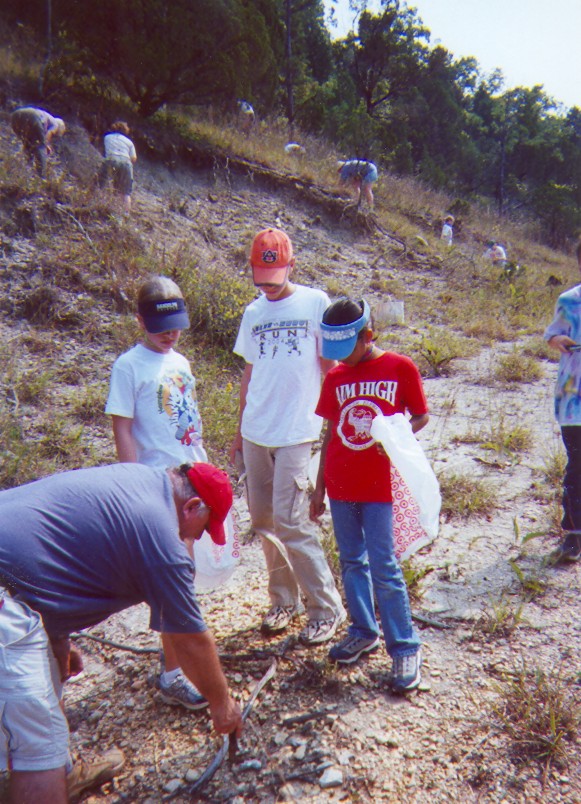
Greg is identifying specimens for some of the students.
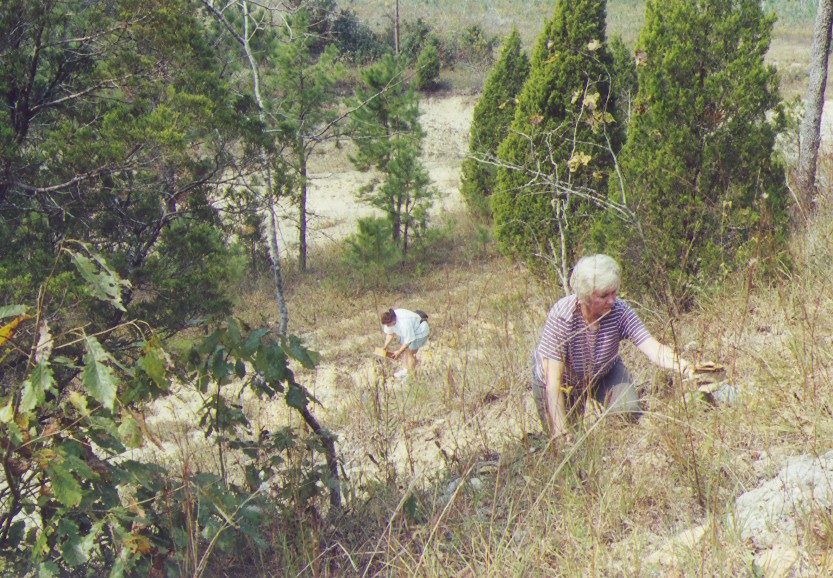
Jan climbing the hill, with Leisa in background.
Stop #4 was a different roadcut, and yeilded similar material as stop #3, such as archimedes, blastoids, brachiopods, and bryazoan fragments.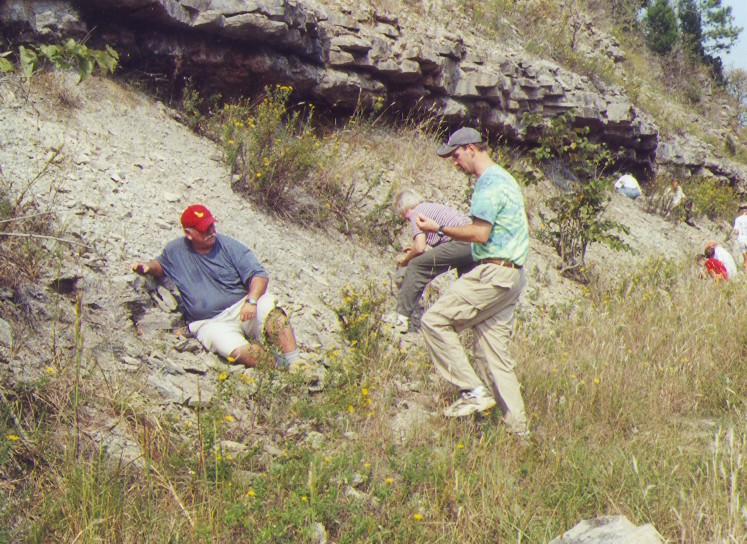
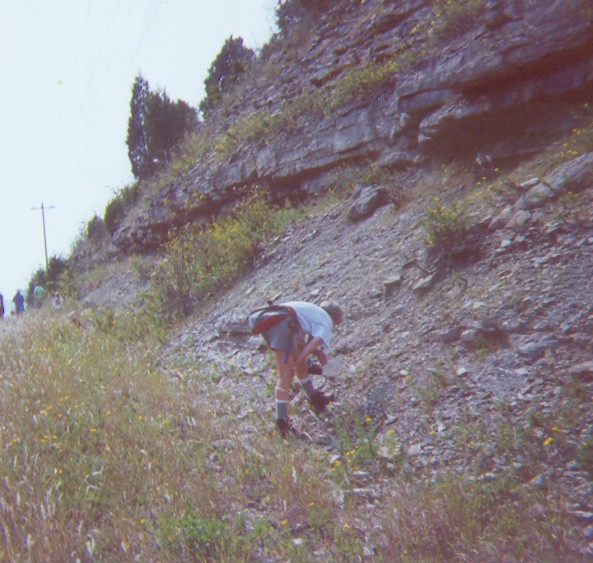
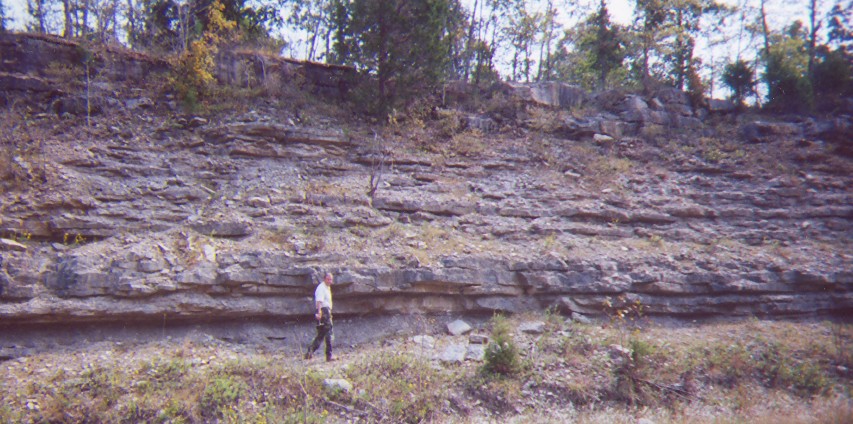
Bobby found a nice trilobite at this site.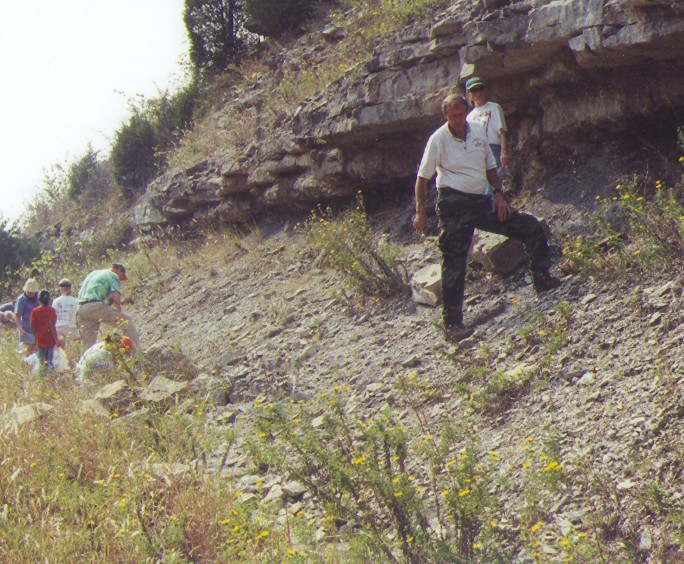
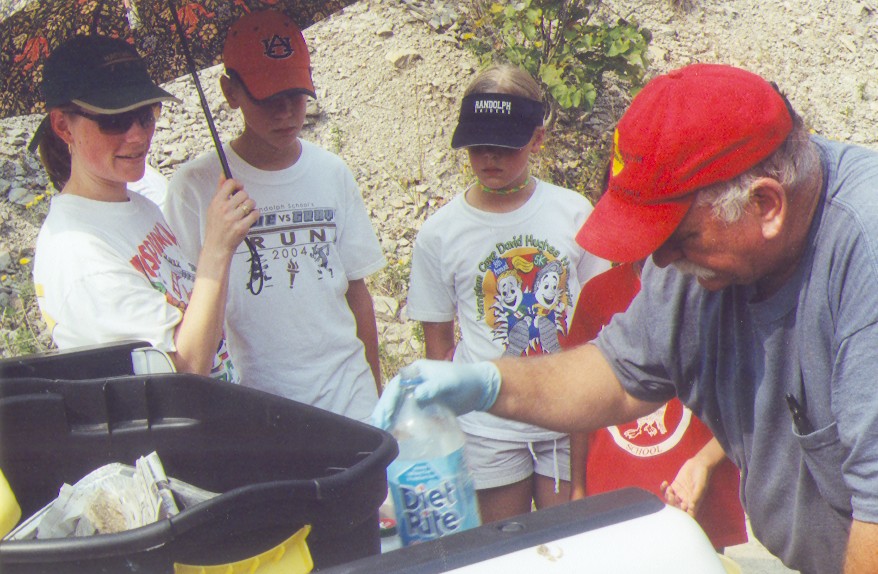
Greg is giving a short tailgate workshop on how to clean the limestone slabs found at this site with a light acid wash (that is not Diet Rite in that bottle!). Acid makes the fossils stand out nicely, but be sure to wear protective gloves and work clothes, and get proper training before trying this at home.
Stop #5 was also in Bangor Limestone, and provided a number of slabs containing broken bits of archimedes, blastoids, brachiopods, and bryazoan fragments. This site also contained numerous square brownish-red metallic crystals, which we believe to be pyrite. They are approximately 1/8 inch squares, some slightly larger.
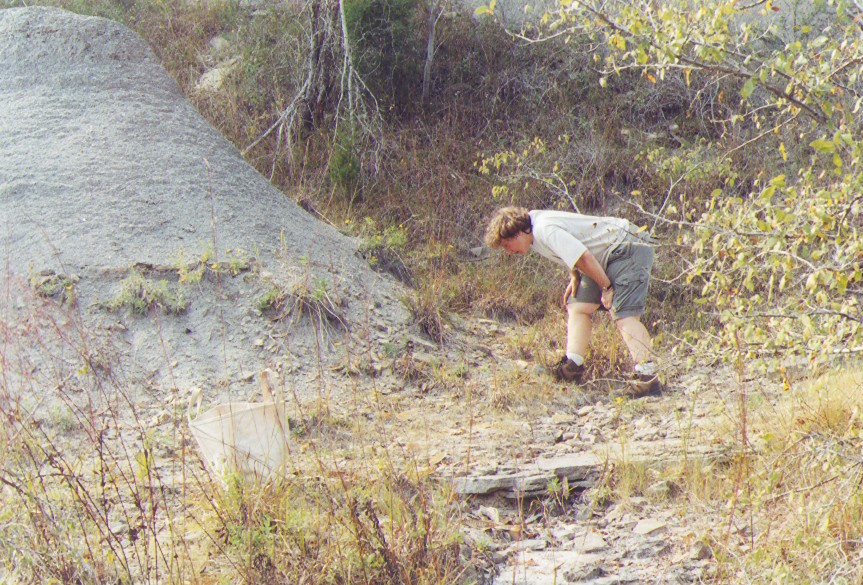
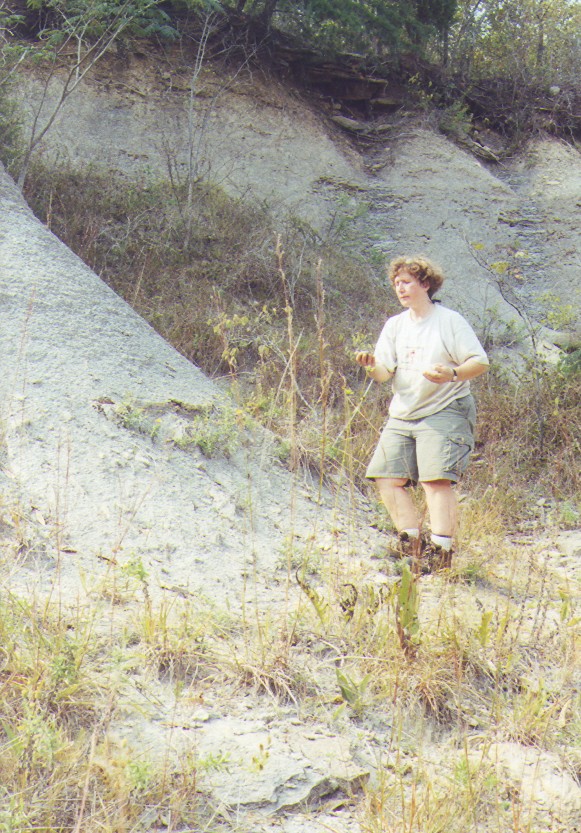
On the way home, several of us decided to visit one of the local attractions.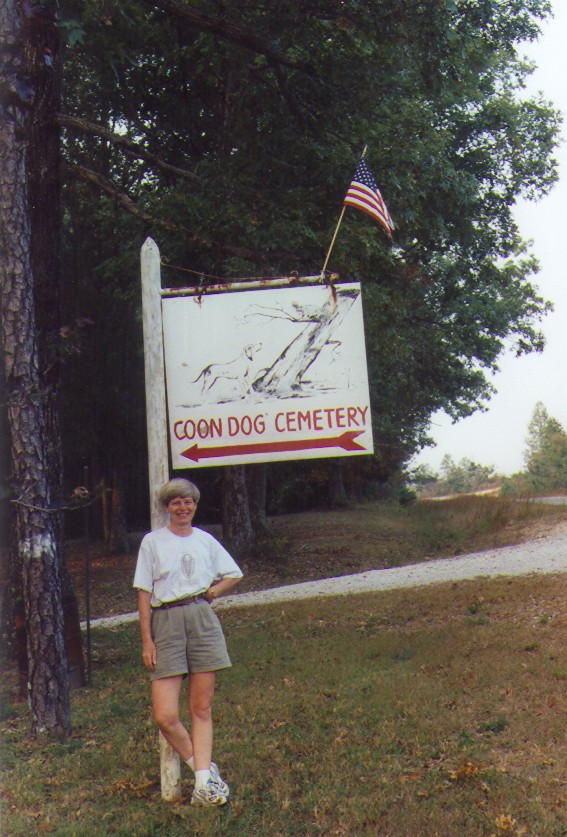
Yep, believe it. Only coon dogs buried here. Decoration day must have occurred recently. In addition to reading the tombstones, one can picnic under the covered pavilion or hike through the woods to the spring.